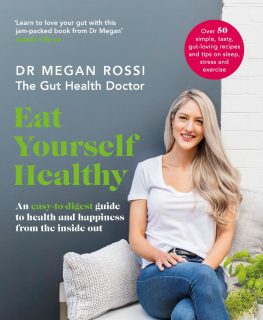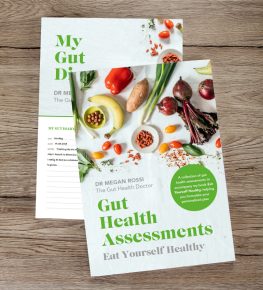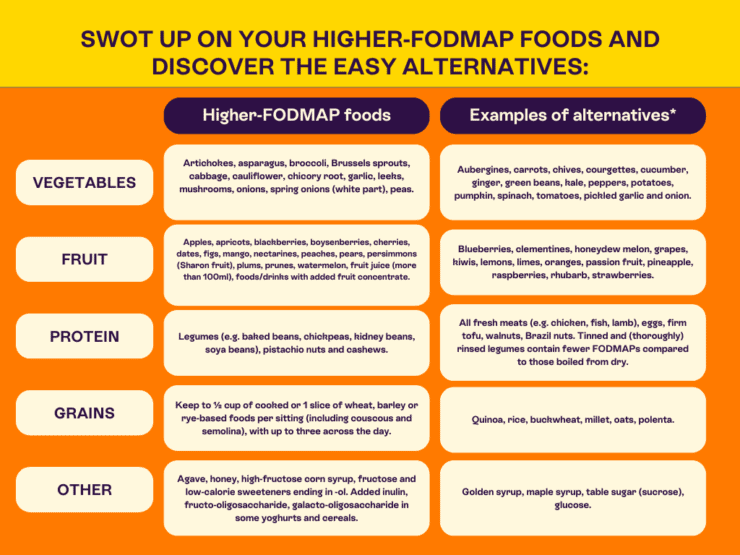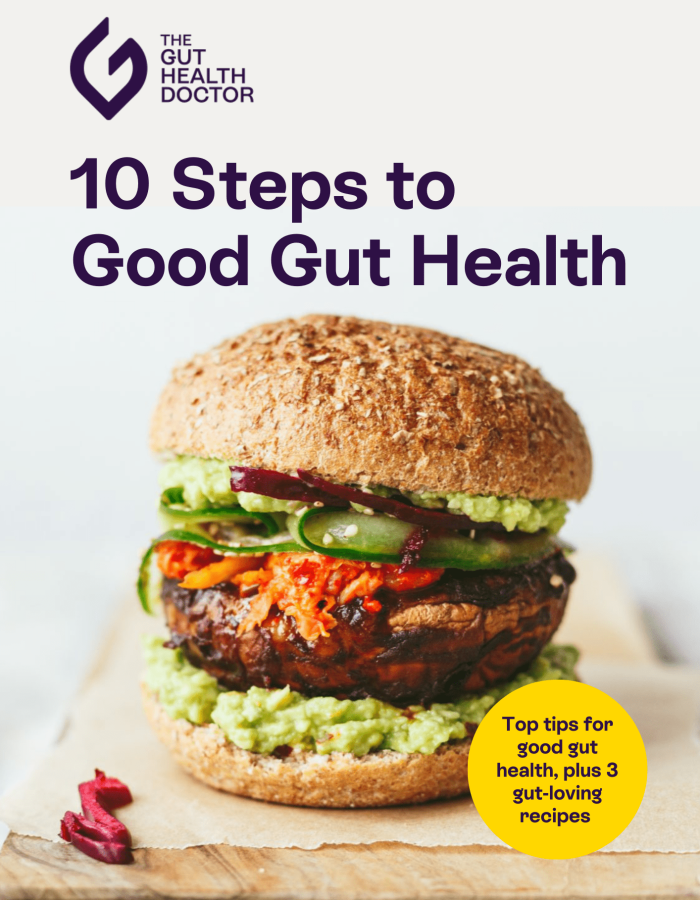
As you may have learned from the low-down on the low FODMAP diet, this can be an effective approach for those suffering with IBS. In fact, there are over 10 clinical trials that support it’s use in the management of IBS. The first of the three stages involves restricting groups of carbohydrates that, while healthy for you, are more likely to trigger unpleasant symptoms for a sensitive gut.
But have you tried to implement the diet yourself and failed? When few of us have time to cook every meal from scratch, the reality of strictly eating low-FODMAP for 4-8 whole weeks can not only be an emotional struggle but a practical one too. Not to mention the fact that our research team from King’s College London and others have shown that when not implemented correctly, under the care of a trained specialist, the diet can not only increase your risk of nutritional deficiencies but also have a negative impact on your gut microbes… and so a vicious gut health cycle ensues.
Need a solution that can allow you to reap low FODMAP benefits but in a more practical (and lower risk) way?
















